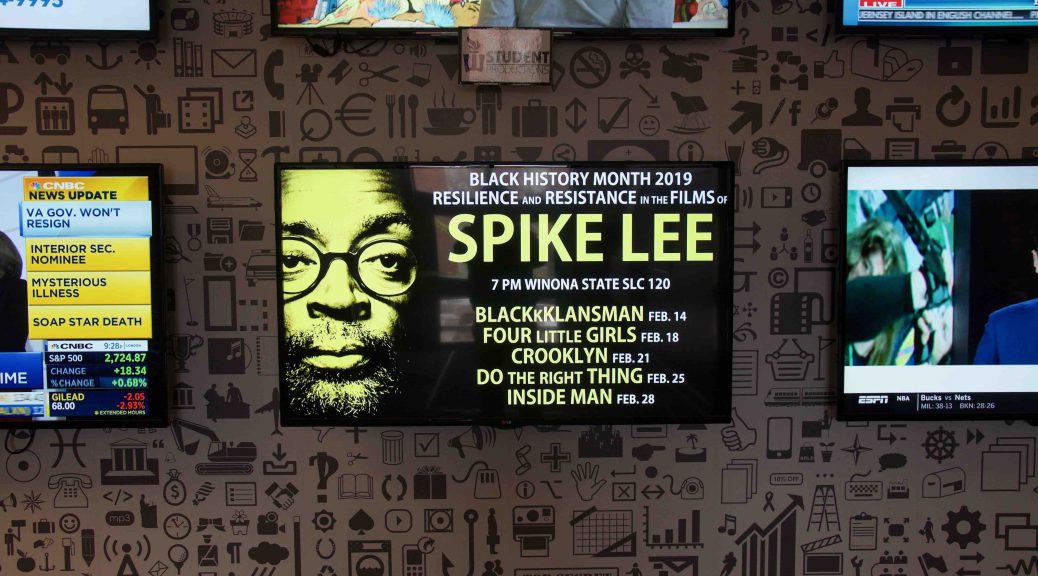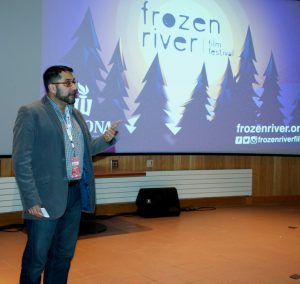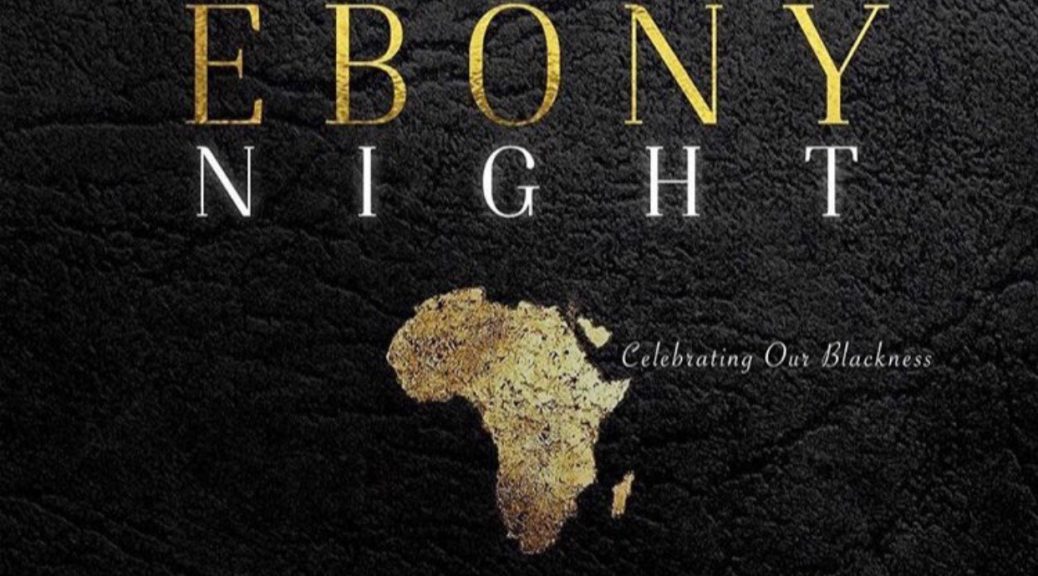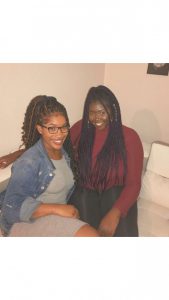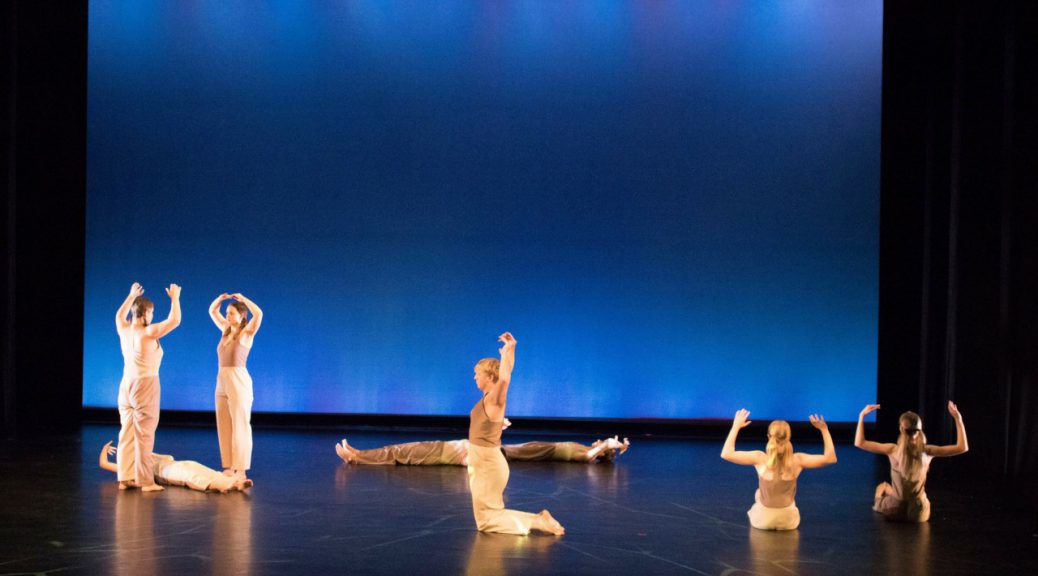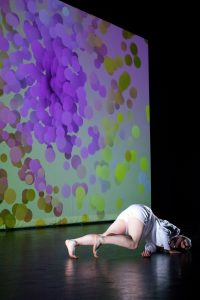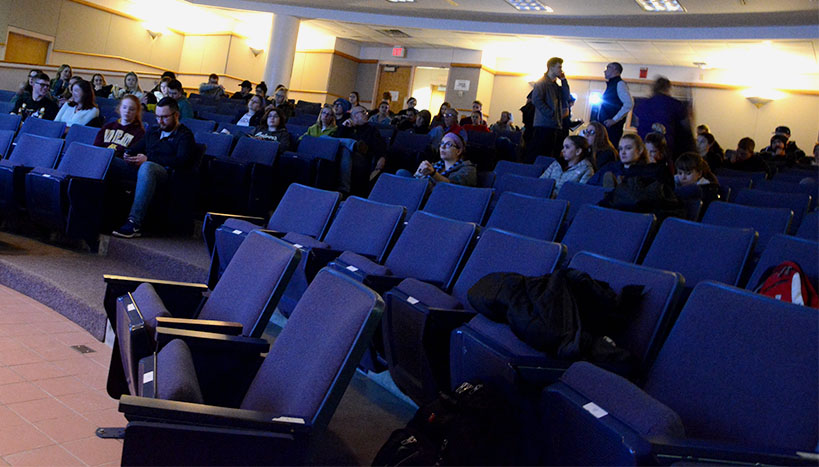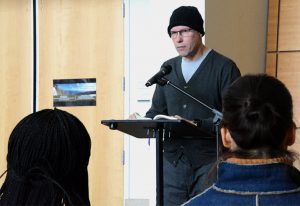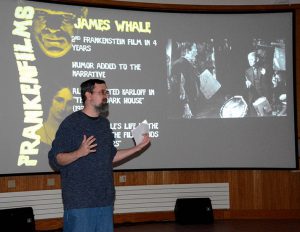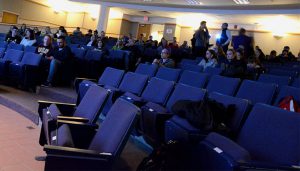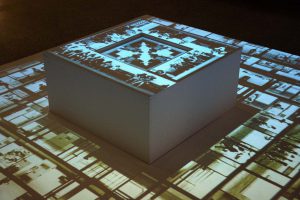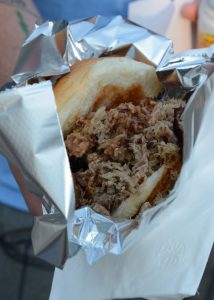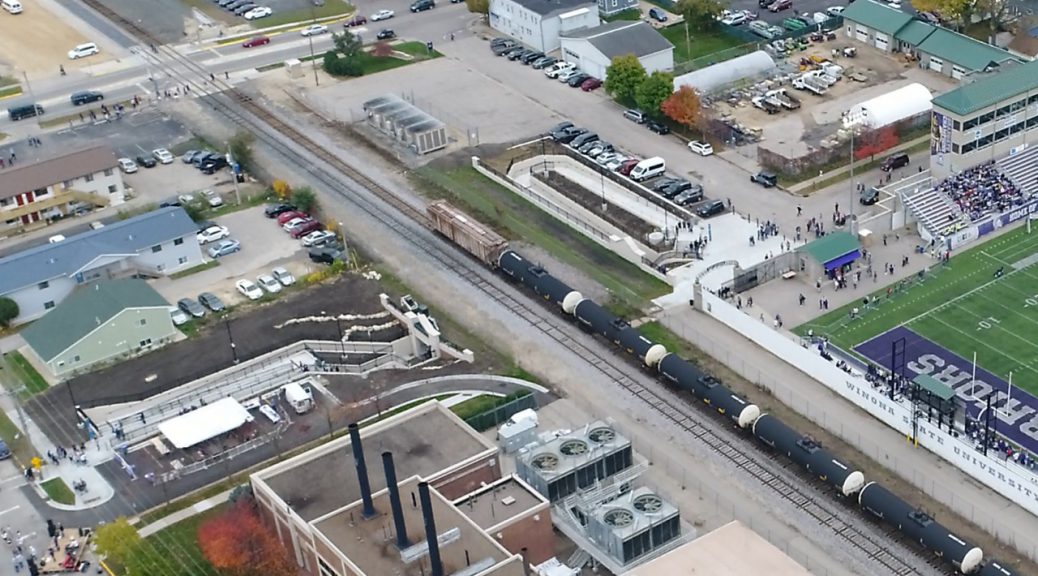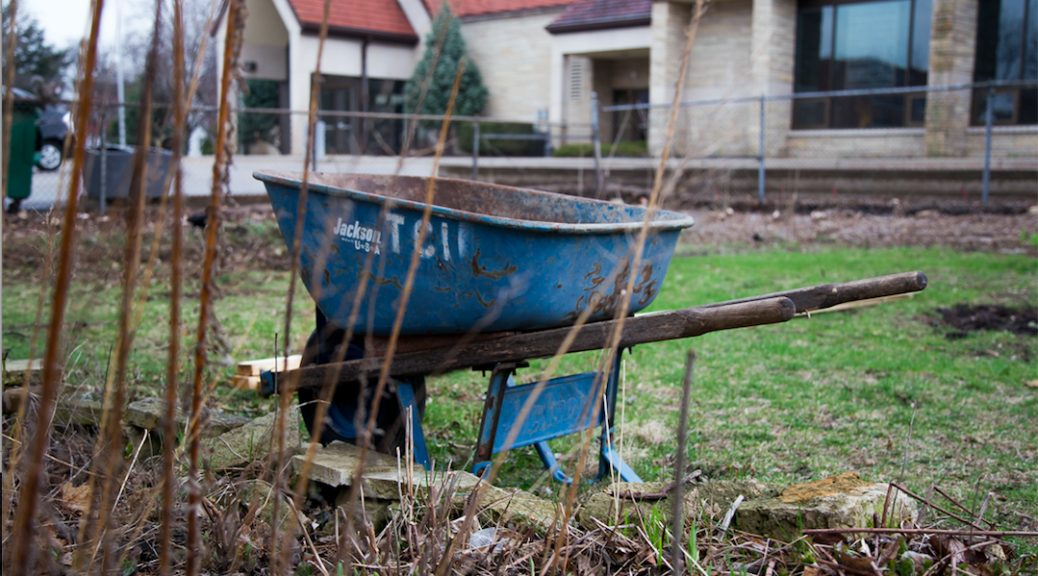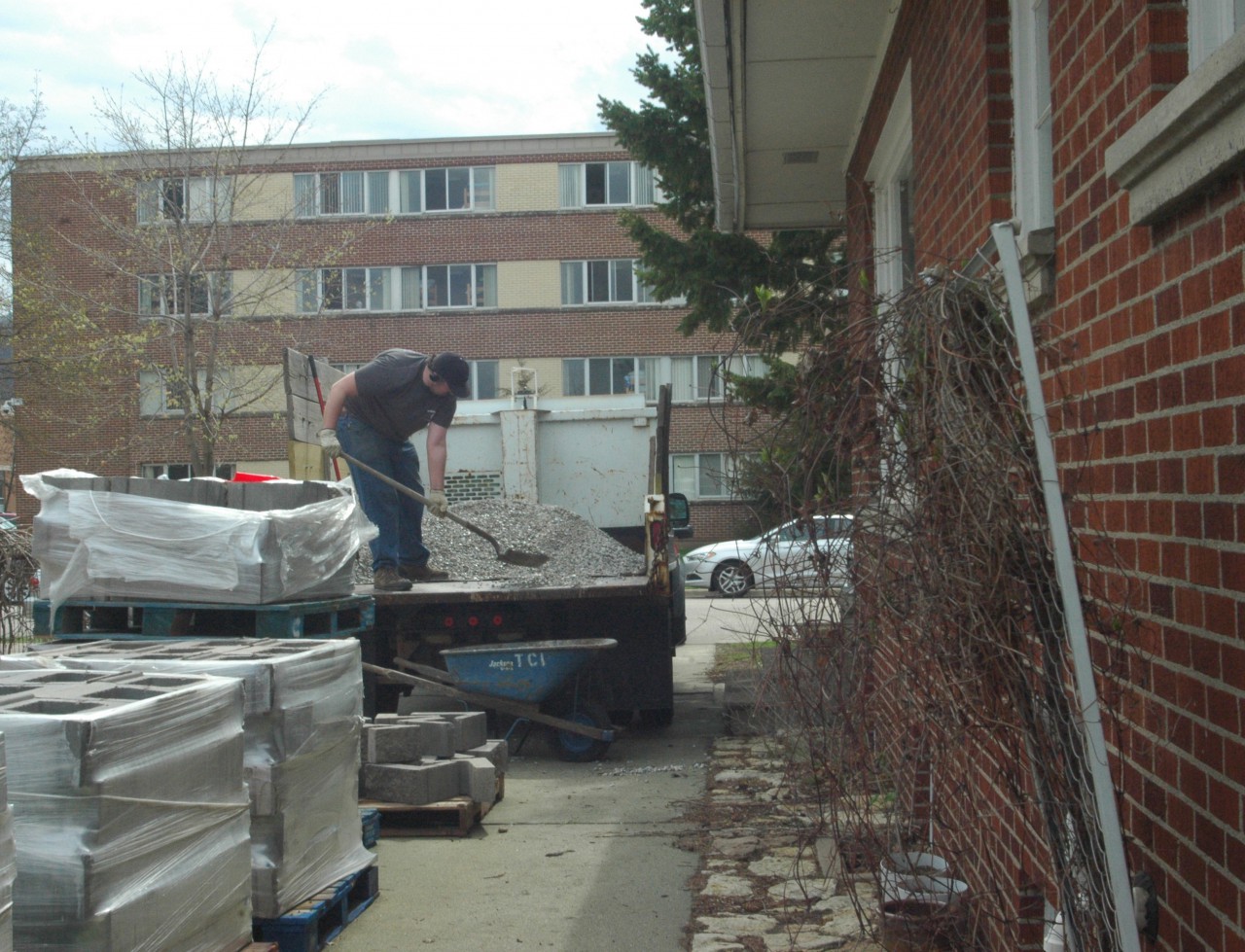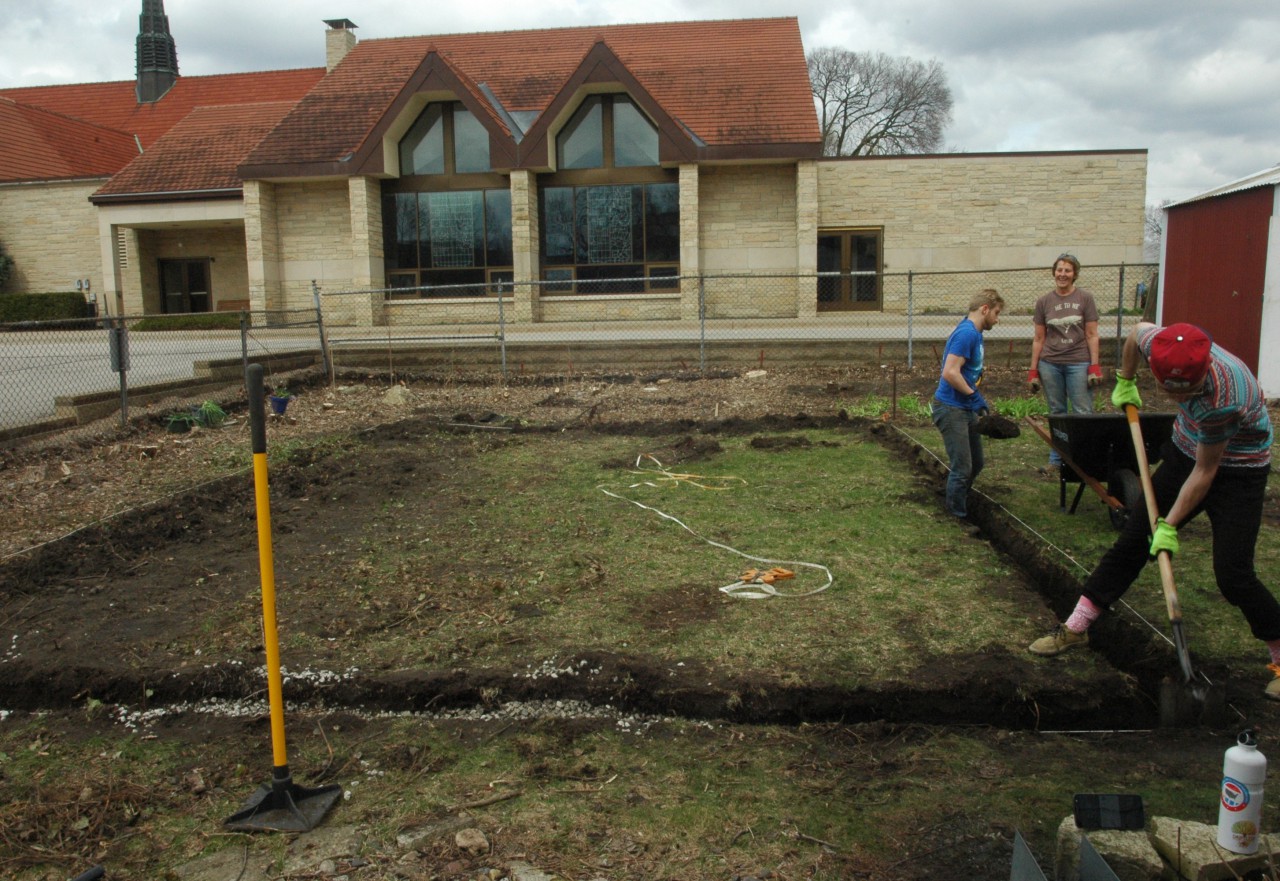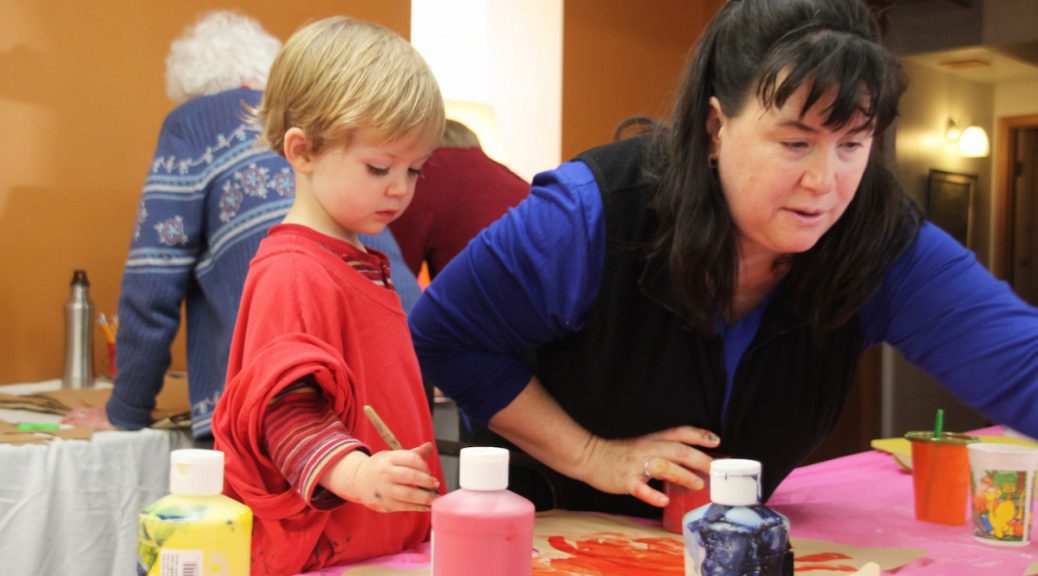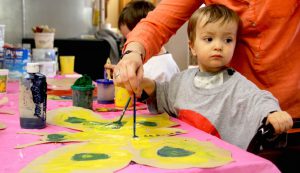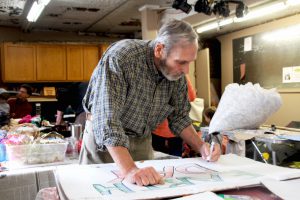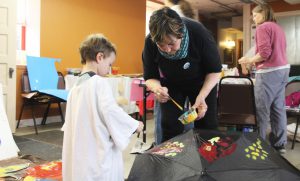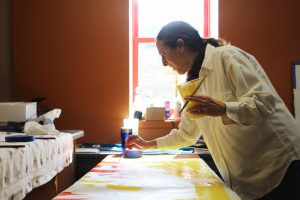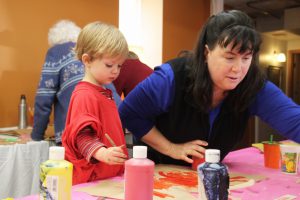With Black History Month underway, Winona State University’s Film Studies will be partnering with the Department of Inclusion and Diversity to sponsor a film series showcasing select films by filmmaker Spike Lee.
The series, titled “Resilience & Resistance: The Films of Spike Lee,” begins at 7 p.m. on Thursday, Feb. 14, with the Academy Award-nominated feature for Best Picture and Best Director “BlacKkKlansman”.
Winona State English and film professor J Paul Johnson, whose course “Directors/Stars: Spike Lee” will be curating the series, commented on the reasoning behind choosing specifically Lee for a film series.

“We want to celebrate Black History Month by looking at the career and accomplishments of one of the most celebrated, important and influential of all African American filmmakers across the 20th and 21st centuries,” Johnson said. “(Lee’s) work is especially timely given the success of ‘BlacKkKlansman.”
The films selected in addition to “BlacKkKlansman”—“Four Little Girls,” “Crooklyn,” “Do the Right Thing” and “Inside Man”—are, as Johnson describes, meant to showcase the range of Lee’s career, spanning from his political works like “BlacKkKlansman” and “Do the Right Thing,” to his exercise in mainstream thriller filmmaking with “Inside Man.”
“Lee really has a strong body of work,” Johnson said. “And that’s something that can hold up a whole film series.”
Talks for the series began shortly after the hiring of Inclusion and Diversity director Jonathan Locust, who Johnson was interested in partnering on programming for the school upon meeting him.
Regarding his thoughts on the series, Locust expressed excitement at the prospect of Lee being the subject matter of an entire film series.
“Spike Lee (is) one of my favorite directors, he’s also produced some of my favorite movies I grew up with,” Locust said.
Locust expressed excitement in regards to the partnership between Inclusion and Diversity and Film Studies.
“Finding out there was a class being taught (on Lee), and being asked to collaborate, it just made sense,” Locust said. “These are the types of things that Inclusion and Diversity wants to be involved in.”
Locust said the range of the films selected will help identify with a diverse audience.
“No matter who you are, you should be able to find something,” Locust said. “Even though the films are being shown during Black History Month, these aren’t necessarily Black History Month films.”
In regards to the purpose of the series, Johnson commented on the lack of showings for Spike Lee films in Winona.
“I think it would be great if our community could have the opportunity to take a look at once again and celebrate the incredible work he has done over his career,” Johnson said.
Locust himself voiced a lesson audiences should take away from the series as whole.
“I think there is a common perception that everybody in the industry is just white,” Locust said. “… it’s important for people to see that there are films being made by under-represented groups.”
Even though this series is the only planned partnership between the two groups, both Johnson and Locust expressed interest for Inclusion and Diversity and Film Studies to collaborate again in the future.
“I hope Film Studies can keep partnering with Inclusion and Diversity on either Black History Month programming or Women’s History Month programming in the future,” Johnson said. “That could be a pretty exciting avenue for us.”
As for Locust, he referred to one of the objectives of Inclusion and Diversity as the compass for a future partnership.
“The goal is you want to try to meet as many people and engulf yourself in different cultures,” Locust said. “We want to continue having the film series and working with Dr. Johnson and other faculty and asking, ‘Who are other directors we need to be looking at?”
In addition to “BlacKkKlansman,” the subsequent films in “Resilience & Resistance: The Films of Spike Lee” will be showing every Monday and Thursday at 7 p.m., respectively, until the end of February in the auditorium of Winona State’s Science Laboratory Center. All film admissions are free and open to the public.
